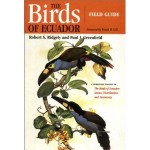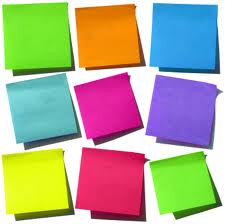I just got back from the Association of American Schools in South America (AASSA) conference in Quito. It was fantastic, with speakers like Heidi Jacobs who challenged us greatly about preparing our students for the 21st century. The workshop that was the most practical for me was given by Sergio Martinez, who teaches at an American School in Venezuela. He taught about various websites for digital storytelling, and I can’t wait to introduce them to my students, as we all know about the reading/writing connection and how important it is. These sites make writing (and reading) super fun. They’re all free.
- Blabberize can make any photograph or drawing into an animated photograph that speaks. Upload a photo of yourself, use the tools to indicate where the mouth is, and then tape yourself speaking. Voila! A talking photo.
- Google Story Creator tells stories through Google search–in other words you make a story of your searches and what you found. Simply input the URLs, select music to play while you are showing the search–and you’ve created a story. Here’s a sample about dogs.
- Photo Peach is a way to easily create rich slideshows with embedded quizzes. It has a VERY intuitive interface. You can have subtitles and music too.
- Little Bird Tales is a super-secure website where students can build their stories using their own drawings (using an interior program similar to Paint), uploaded drawings and photographs, or using artwork provided on the site. Teachers may set up an account and give students a key to get in. This has the most versatility of any site I’ve used, including Story Bird which is a great site where you can create stories using illustrations created by artists.
- I don’t quite know how to explain ZooBurst. It’s a site where you can create pop-up books using photographs you upload and/or thematic art on the site. After you’ve created your book, you can use something called augmentive reality, which is kind of difficult to explain (the book pops out of the computer onto a piece of paper). Here’s a You Tube video where you can see it in action.
- Finally, Story Jumper is a site where you can create books from scratch, or using story starters. The story starters, for example a treasure map along with treasure-hunting pirates, come with artwork that can be used to build a picture and gives less and less support as the story goes on. This is great for reluctant writers.



